On a near daily basis I find myself linking to JC Deen’s article, “Clean Eating is a Scam and Why you Need to Abandon It“. I consider it a must-read for those tempted by, but scared of eating that NY cheesecake in the Starbucks display. You can imagine by the provocative title how many feathers he ruffled when it was published two years ago.
Today I’m really happy to share this guest article by JC for you, clearing up the misconceptions of Clean Eating, Dangers of IIFYM (If It Fits Your Macros), and guidance on how to use the IIFYM principles to still enjoy the foods you love while dieting.
Enter JC Deen…
Why ‘Clean Eating’ Can Be Confusing, And An Alternate View…
Nutrition. It’s one of the most important pieces of this body-transformation puzzle. While we know restful sleep, and training are as equally important, I’ve not found people getting hung up on those two variables as much as nutrition.
But what does solid nutrition actually mean?
It’s hard to define, right?
Just like an intelligently programmed training routine, and sound sleep and rest periods are hard to define. Without context or a frame of reference, it’s nearly impossible.
And this is my gripe with the whole clean eating mantra that people cling to on the regular.
It’s not that I don’t believe in and preach a diet that is generally full of whole food to all my clients and readers. It’s a problem with the syntax, and perception, and preconceived ideas, and false, often self-righteous beliefs surrounding an idea such as clean eating.
Let’s dig in.
The Problem of How To Define Clean Eating
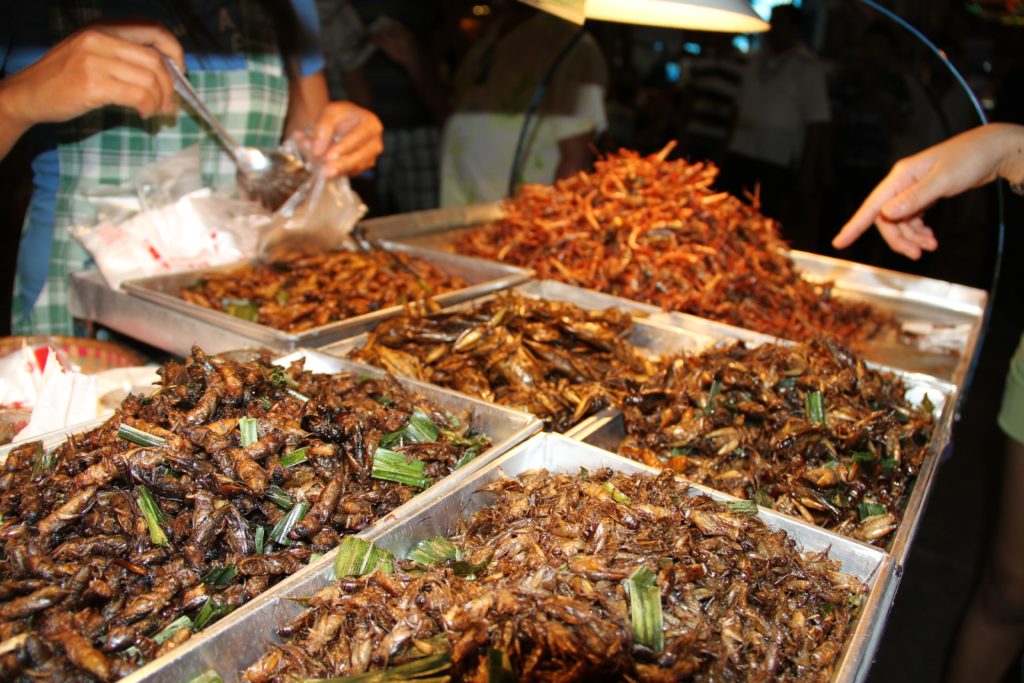
Fried Insects – Clean food? Image: lisadrew15
First of all, without reading any further, how would you define clean eating? It doesn’t matter how you define it, as this is not a trick question.
Just define it in 2-3 sentences.
Pause and do this.
Okay, so if you did the exercise, you have a mini-framework to base your feelings/beliefs on. If you don’t have a definition, that’s good, too.
Before I go into supposed ideas that represent the idea of clean eating, please understand that you may or may not agree with them due to how you’ve defined this for yourself. That’s perfectly okay, but try and realize there are no surefire ways to define such a term without context.
Okay, so here’s a list of what some people might throw into their definition of eating only to be deemed clean.
- no artificial sweeteners

- artificial sweeteners allowed in moderation or in place of sugar
- no sugar
- no canned foods
- no gluten (despite no known intolerance)
- no dairy (despite no known intolerance)
- no cheat meals, ever
- a cheat meal once per week
- a cheat meal each day
- no fructose whatsoever (goodbye nutritious fruit)
- no liquid calories
- only allowing themselves to eat organic food
- no boxed foods
- mostly veggies in place of starchy carbohydrate
- no fatty meat
- no red meat
- veganism
- vegetarianism
Okay, I’ll stop. You get the point.
Above, I’ve listed some possible ideas that people will associate with their clean eating ideals. As you’ll see, some of the ideas clearly conflict with others. Therefore, the problem lies in creating a baseline of understanding, because well, clean eating can’t truly be defined.
What is deemed clean to someone else, might seem incredibly toxic to another person.
For instance, someone who has been led to believe the propaganda on fructose being poison, might throw out all varieties of fruit along with all the canned soda and cake mixes.
The problem? They’re limiting their options for nutrient-dense food when removing an entire class of sugar due to nutritional alarmism.
Another example is the current popularity with eliminating things such as gluten, or lactose (dairy products) for fear of issues they cause despite the evidence of real symptoms.
In reality, only a small percentage of the population is truly affected by celiac disease. Last time I checked, I believe it was around or less than 1 percent. As far as dairy goes, I realize the percentage is bigger, but as I always say “if you can eat it with no issue, then keep it in your diet.”
Why Fad Diets Are Not The Answer
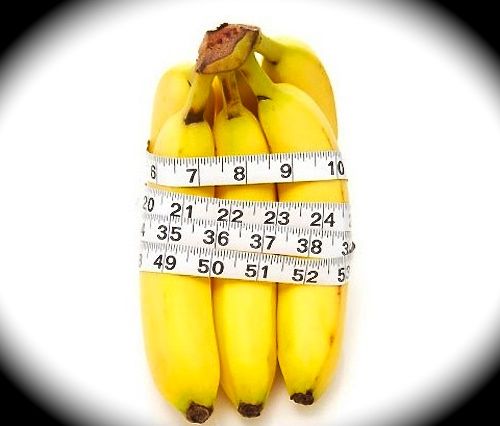
South Beach, The Banana Diet, low fat, Paleo, and low carb are rarely ever an ideal solution for anyone.
Paleo – allow me to pick on it for a minute.
While I love the idea of eating nothing but whole foods, I dislike the idea behind Paleo, which is to eat like our ancestors ate because that is healthier for us.
It’s hard to define what paleo man ate. It depends on the region. There’ve been conclusions suggesting paleo man ate a lot of animal flesh, nuts, roots, tubers, some dairy, etc. I realize this is going to vary depending on which Paleo ideology you abide by, but here’s what it’s important to realize – people back in the day had it much worse than we do now in terms of food supply.
I always say this: “if paleo man found a Big Mac, I’m sure he’d eat it, because he hooongry.”
They ate what they had, or they didn’t survive. So as you might imagine, we evolved to eat a variety of foods, and as a result, people were able to survive on a little protein, and tons of whale blubber, or on nothing but fruit and insects.
Does that mean it was optimal, according to what we know about nutrition these days?
Before eliminating foods based on the idea that someone, somewhere in the world thousands of years ago didn’t eat it, consider if the reason was due to lack of tools to harvest, or geographical location.
Low Carb
It’s clear, through science, that the brain needs carbohydrate to function normally. So why do we have low carb zealots preaching carbs to be an unnecessary nutrient?
Technically they’re right, but only because of the body’s amazing ability to convert protein (lean body mass, and the food we eat) into sugar for essential functions, like, umm, fueling the brain among other needs.
And let’s not forget about the importance of carbohydrates and fueling intense exercise, yet we have a ton of folks super adamant about combining a low carb diet and Crossfit.
This is what always baffles me. Someone is going to suggest you skimp on your carb intake, even to the tune of suggesting less than 50-100g per day over an extended period, because of the supposed negatives they’ve been led to believe through various sources.
So remember,if a particular diet is suggesting you eliminate any food group in excess, your BS-o-meter should go up.
IIFYM – The Basics
Aside from the notion of clean eating, there’s another idea called IIFYM, which stands for If It Fits Your Macros.
The idea behind it is that as long as you hit your macro nutrient targets, it doesn’t matter what type of food it is when it comes to your aesthetic goals.
So, let’s say you want to eat ice cream, brownies, barbecue pork, and a loaf of wonder bread during the day. Great – just make sure your hit your macro targets with said food, and you’re good, according to the IIFYM fan boys.
Now, I’m totally okay with this method with one caveat:
You don’t take it to an extreme of eating nothing but heavily processed food when you have the options of eating whole, nutrient-dense food regularly.
Does this mean you shouldn’t have a day every now and then where you eat nothing but crap all day long? That’s for you to decide. Personally, I don’t see it as being that detrimental in the long run.
The Dangers of IIFYM
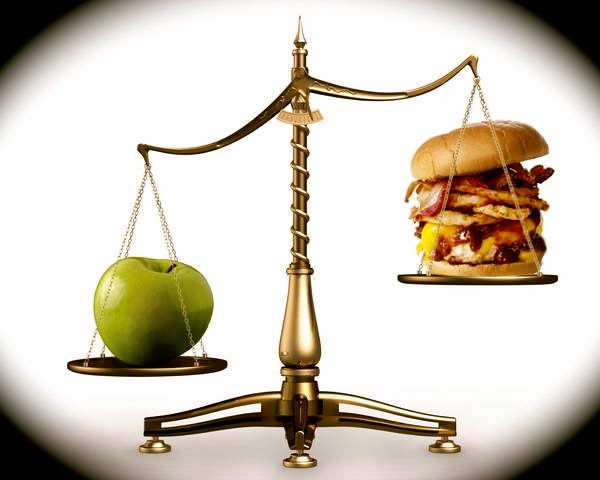
…or is there more to it? Image: sabotagetimes
However, it’s this type of mindset that can get people into trouble, both nutritionally and mentally.
On the nutritional side of it, we have to think about deficiencies that might be present if we opt for a diet of boxed food as opposed to the nutrition provided by a well-rounded diet of fruits, veggies, starch, dairy, various fat sources and lean protein.
The mental struggle that might occur is getting used to such foods as a convenience or staple. We all know it’s much easier to grab something and go, rather than to prepare an actual meal.
Things that come to mind here are chugging a protein shake, eating a spoonful of peanut butter, and a few rice cakes.
While there’s nothing inherently wrong with this staple every once in a while, it should never be a long-term substitute for a REAL meal, in my opinion.
For those that have a hard time consuming large volumes of food, IIFYM is often a savior because it means they can hit their baseline of healthy foods for the day, and top it off with something that is more of a treat such as ice cream, cake, or whatever suits the individual to reach their calorie goals.
For some, this also means hitting their protein requirements with some extra protein powder when they’re too full from whole food protein sources.
Clean Eating – Just A Belief, Nothing More
There is nothing wrong with creating a framework that suits you. If that means avoiding certain foods that cause you to bloat, or feel bad, that’s fine. You can call it clean eating, happy eating, active eating… I don’t care. The name is not important.
My advice is to be more mindful of the idea that clean eating is just a belief (with many variations) held by those who want to label their dietary habits, for whatever reason that might be.
And because it’s just a belief, realize that no one has the answer, as the framework is based on individual ideas, and experiences.
You’re better off avoiding fad diets and developing a plan that allows you to be flexible with your dietary approach.
Practical Guidelines for Clean Eating and IIFYM
Understand both ideas can be carried to extremes.
The IIFYM approach can quickly turn into an excuse to stuff yourself full of as much junk as possible, which can be hard on your health, as well as possibly creating some very bad habits with your tastes and food selection.
The standard clean eating approach, if taken too far, has proven to become obsessive for some. Preoccupation with food, meal planning, and obsessing over the tiniest details just add more unnecessary stress to your life.
Here’s how I approach the IIFYM concept for myself and clients:
- I stick to a 90/10 rule of making up the majority of my diet with simple, whole foods, and the remaining 10 percent with whatever I want.
- This can mean a treat every single day, or one to two days per week of eating more liberally than normal.
- You can skew the numbers any way you’d like. Some do 80/20, or 70/30. Personally, I’d not waiver past the 80/20, but that’s my preference. Make it work for you.
- The food choices you make are up to you.
My suggestion is to realize first and foremost that our diets should be focused on whole foods above all else, especially if the goal is a healthy body and sound mind. [Andy: Things your great-grandmother would recognise as food.]
Just realize that any food that is normally deemed good can be very bad in excess. Green veggie kale, for example, may have a high nutritional profile, but it’s also a goitrogen, which when consumed excessively can suppress the thyroid.
In lieu of that, also understand labeling your food as clean really holds no true meaning. Change your focus from clean to wholesome. Or just cut the name-calling altogether.
*********************************
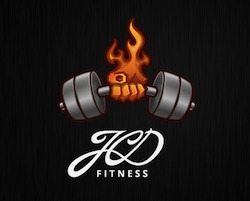 I’ve followed JC Deen for a couple of years now after finding his site a breath of fresh air. I appreciate his No-BS Approach and mindful articles on fitness. JC is a trainer and also takes online clients, and you can find out about his coaching services over on his beautiful looking blog JCDFitness.com.
I’ve followed JC Deen for a couple of years now after finding his site a breath of fresh air. I appreciate his No-BS Approach and mindful articles on fitness. JC is a trainer and also takes online clients, and you can find out about his coaching services over on his beautiful looking blog JCDFitness.com.
I’d like to thank JuiCy on behalf of the RippedBody.com community for his time. He will be on hand to answer any questions you have in the comments and I’ll get stuck in too.
Want to get started on your own physique transformation?
Grab my free book, The Complete Guide To Setting Up Your Diet. You’ll find everything you need there.

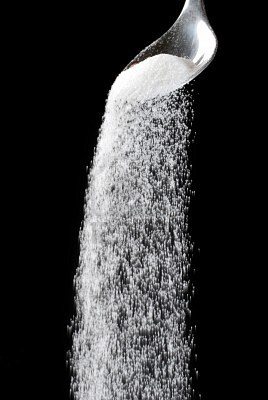
Privacy policy.